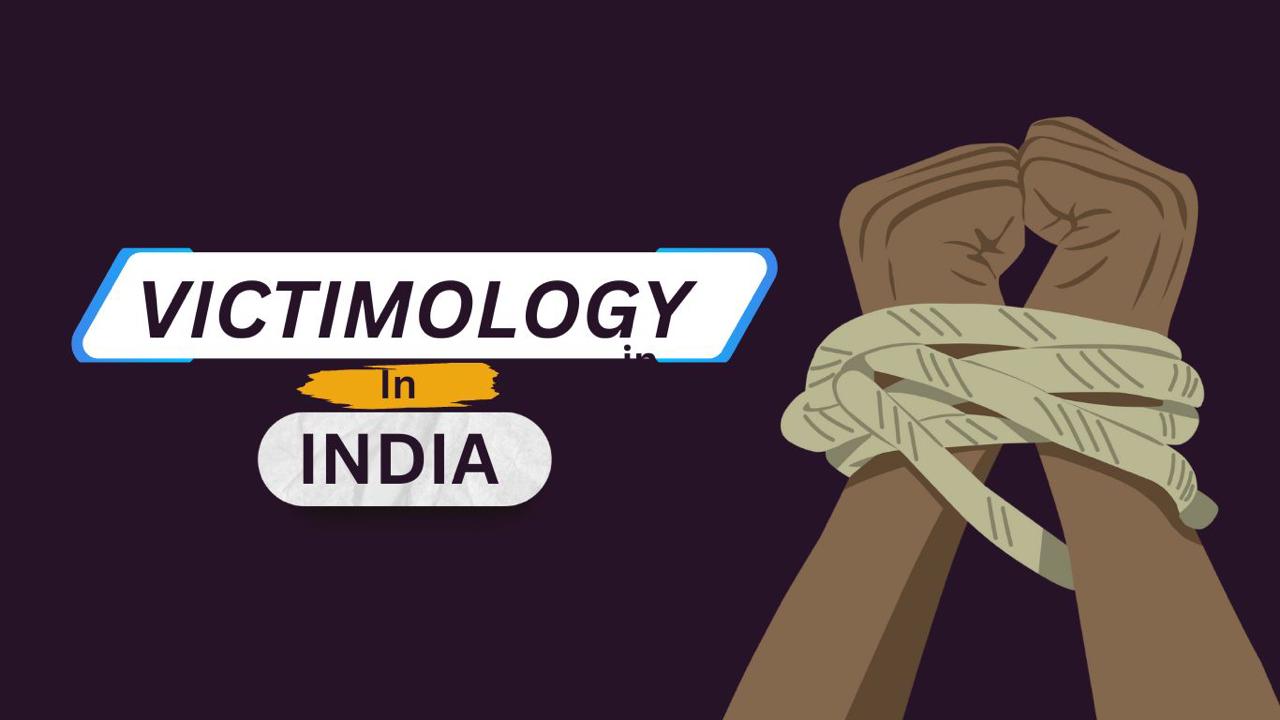
Abstract
Modern economies heavily depend on insolvency laws, which function to resolve financial difficulties effectively. The current legal procedures create a disconnect between court protocols and real economic restoration performances. This paper investigates why reforming insolvency practices is necessary because merging legal standards with economic recovery conditions produce improved results for lenders and borrowers. The study investigates both the acceleration and efficiency gains, as well as improved flexibility, from modern insolvency reforms, which strengthen economic stability and growth.
Introduction
Insolvency and bankruptcy regimes act as the core system that addresses both corporate and individual financial problems. Throughout history, insolvency legislation was primarily based on asset liquidation for creditor benefit until debtors are bankrupt. The world has started to reconsider its traditional methods of insolvency administration over the past several years. Legal systems have directed their attention toward improving corporate survival methods while streamlining the process of transitioning businesses from financial trouble to recovery. One enduring difficulty exists because actual economic recovery practices in insolvency applications differ from legislative provisions. The implementation of insolvency laws does not adequately address how practical realities affect businesses and creditors together with the broader economic performance. The mismatch between law and practice delays debt resolution, which creates prolonged financial problems that may create economic stagnation. The author provides an analysis of necessary transformations in bankruptcy procedures aimed at closing the divide between legal documentation and economic revitalization. The research analyzes international insolvency patterns and problems to identify strategic reforms which enhance financial crisis recovery and make economic systems more robust.
The Current Landscape of Insolvency Law
A thorough examination of reform requires first understanding the prevailing regulatory framework of insolvency law. Insolvency legislation exists to manage the financial difficulties of entities and individuals who cannot honor their debt payments. The outcome following insolvency depends on how a particular jurisdiction handles the situation, as this could result in asset liquidation for debt payments or required debtor-operated restructuring. Under Chapter 7 bankruptcy, the United States legal system performs liquidation procedures, while Chapter 11 handles corporate restructuring. Similarly, in the United Kingdom, the Insolvency Act of 1986 offers provisions for both liquidation and business rescue procedures. The present legal systems, created to protect equity in asset distribution, lack adaptability for dealing with complex financial networks and global business relationships. The restructuring of insolvency solutions receives more focus because of contemporary market demands, demonstrated through new regulations like CIGA in the UK and IBC in India. Moratorium periods in these structures allow companies to operate with freedom from creditor lawsuits throughout negotiations.
Bridging the Gap: Legal Frameworks vs. Economic Realities.
Legislative foundations fail to meet actual market situations in achieving economic recovery. Economic health restoration through insolvency frameworks depends predominantly on legal procedural solutions as their primary framework in most countries across the globe. The system operates without recognizing how business and individual struggles with economic and operational difficulties affect such scenarios. The current model for insolvency law achieves unfavorable outcomes between statutory conclusions and resulting economic impacts on market revitalization. The problem emerges because of two main factors: Standard insolvency procedures take too long because they are governed by complicated bureaucratic formalities. Insolvency procedures often create legal complications along with procedural delays, which force courts, debtors, and creditors to experience prolonged financial difficulties. Stiff time regulations prevent companies from conducting successful negotiations and restructuring procedures. Inefficiencies increase recovery expenses until such time firms may face forced closure rather than obtainable business restructuring. Insolvency law functions independently from economic conditions because it examines debtor-creditor conflicts separately from overall market performance. Modern global markets transmit financial problems of individual enterprises, creating complex economic problems which affect multiple companies within a supply chain. The insolvency framework must adopt an economic focus that evaluates both macroeconomic stability and industry sustainability, along with the national economic outlook.
The role of insolvency reform.
To improve insolvency practices, society needs to transition from current restricted legal perspectives, which focus on law, toward economic recovery initiatives. Multiple reform measures should be introduced to fill this gap. Organizations can establish restructuring plans with their creditors before bankruptcy through pre-packaged bankruptcy procedures. Through these accelerated bankruptcy procedures, businesses receive speedier and more practical solutions, which eliminate the negative social dimension of bankruptcy. Pre-packaged plans advance urgent negotiations; thus, they protect both employment positions and asset maintenance and operational viability, which leads to economic stability. Companies obtain temporary debt-free windows through the new reforms for moratoriums, enabling debtors to talk to creditors without court intervention. During this period, businesses need sufficient time to make sustainable restructuring plans which optimize asset value and restore financial stability. Businesses that implement temporary moratoriums are more successful in times of crisis, as such policies demonstrated their worth during the COVID-19 pandemic, when businesses encountered extraordinary economic challenges.
The increase in global trade alongside international business operations requires protocols to coordinate insolvency cases across borders. The 1997 UNCITRAL Model Law on Cross-Border Insolvency, alongside its adoption in the United States, India, and the United Kingdom, has done much to protect creditor rights whenever insolvency proceedings impact multiple jurisdictions. A method to coordinate legal structures between jurisdictions enables companies to handle intricate international financial emergencies while safeguarding stakeholder equity. The time needed for insolvency disagreements to reach resolution extends because of traditional adversarial court procedures. The use of ADR procedures like mediation and arbitration shortens and lowers costs for creditors and debtors when they seek conflict resolution. The adoption of ADR systems within insolvency practices helps businesses to skip the lengthy and expensive formal courtroom procedures. The reforms will provide mechanisms to motivate creditors toward combined efforts for better coordination. Creditors frequently show a preference toward fast debt recovery instead of long-term business survival, which threatens the future of an insolvent company. The creation of cooperative creditor forums or negotiation platforms enables creditors to discover sustainable business recovery strategies which reduce economic losses.
The Future of Insolvency Reform
A Global perspective is the substantial shifts in global economic structures since the last few decades require changes in insolvency operations. The rising number of corporate defaults in emerging economies requires modern insolvency frameworks to succeed in distressed business recovery while safeguarding national economies. Indian and Brazilian governments, together with Chinese officials, actively support insolvency reforms as vital components to strengthen their national economies. The Insolvency and Bankruptcy Code (IBC) of 2016, introduced in India, represents a major modernization of insolvency rules together with accelerated debt liquidation processes. The Chinese government implemented reform measures that speed up bankruptcy procedures both by streamlining liquidation methods and improving debtor rehabilitation processes. Terms and organizations bilaterally tackling insolvency issues must develop appropriate guidelines to enable enterprise restoration with proper protection of creditor interests. Joint efforts between nations enable the creation of harmonized bankruptcy standards, which helps avoid currency competition that undermines economic success.
Conclusion
Economic stability in today’s world requires implementing reforms that connect insolvency procedures to legal frameworks as a method to recover economic stability. Economies adopt efficient, flexible, and cooperative insolvency procedures that enable them to deal better with financial difficulties while decreasing disruptions and fostering recovery. Law reform in insolvency needs to move forward by establishing economic stability along with business restructuring capacity while finding ways that align debtor and creditor interests. A comprehensive set of innovative reforms, including pre-packaged bankruptcies together with moratoriums and cross-border agreements along with alternative dispute resolution systems, enables governments to develop insolvency systems which resolve financial problems and foster long-term economic development. Modern business operations across the globe need an adaptable and cooperative insolvency framework which responds effectively to evolving economic conditions.
References:
Robert K. Rasmussen, The Transformation of Insolvency Law, 2021
Insolvency and Bankruptcy Code, 2016 (India)
Paulo R. L. S. Zappala, The Role of ADR in Bankruptcy, 2009
United Nations, Report on Cross-Border Insolvency Coordination, 2006
Chapter 7 & 11 of the U.S. Bankruptcy Code, 2005



